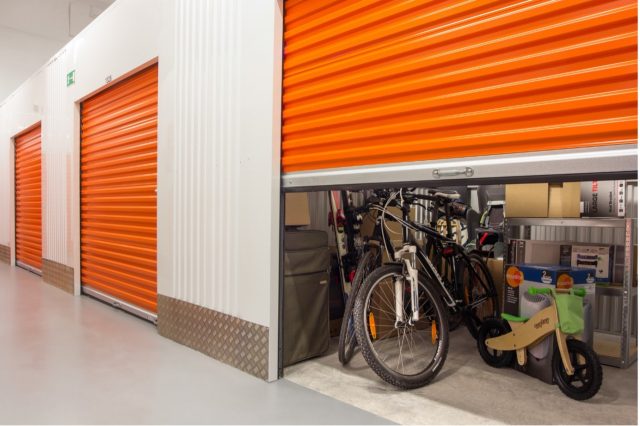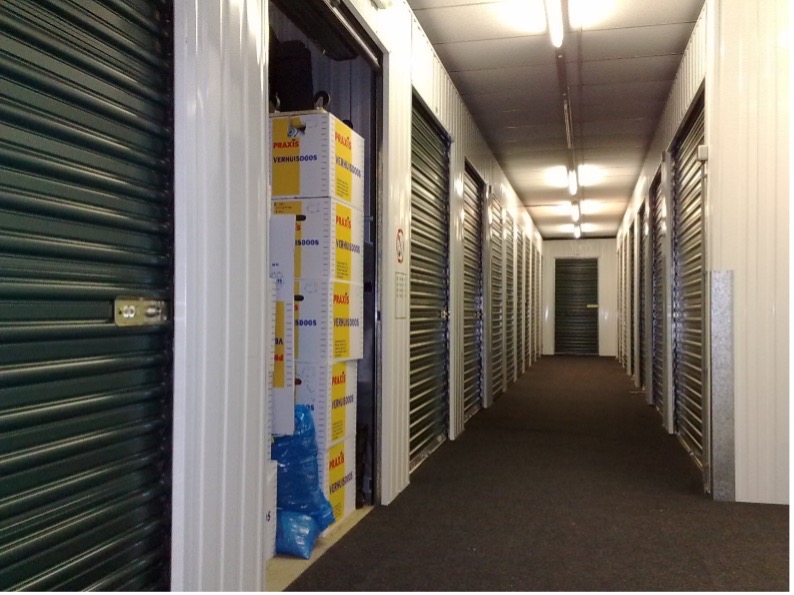Stephen C. McGinley of Seminole, FL is an entrepreneur and real estate investor who has been involved with property development, acquisition, sales, and management of self-storage facilities. Below, Stephen C. McGinley discusses how this business model has become such a haven for investors looking to diversify their portfolios or to break into the real estate market.
The self-storage industry has seen a dramatic increase in investment in recent years as more people are treating it as a viable option for real estate investment. Stephen C. McGinley says that thanks to its seemingly recession-proof stability, steady cash flow, and growing popularity, more and more people are using self-storage as a potential vehicle for financial growth.
Although an unlikely industry to suddenly boom with investment, self-storage is quickly becoming the next hot real estate venture. Stephen C. McGinley explores what’s driving this growth and explains how investors are getting into the market.
What’s Driving Investments in Self-Storage?
As with any investment, the boom in self-storage ventures is driven by the consistent and steady cash flow that self-storage properties can generate. Like residential real estate, self-storage is a necessary service for many people. Yet, unlike housing, most people only need storage for a limited amount of time, which means that the demand for storage is always high.
Furthermore, Stephen C. McGinley explains that people are typically willing to pay a premium for storage because they know they can’t live without it. High-quality features such as humidity and climate control have driven up prices, translating into a higher profit margin. This combination of high demand and premium prices leads to consistent and steady cash flow for self-storage businesses.
In addition, the industry is relatively recession-proof, meaning that it is less likely to experience the same downturns as the traditional real estate market. As more and more Baby Boomers downsize to smaller properties, they require added storage space to hold their possessions. Even if the wider market takes a dip, homeowners still need that space and are willing to pay for it.
How Investors are Getting into the Self-Storage Market
Stephen C. McGinley explains that the trick to making money from an investment is to get in while the market is on the way up. As self-storage investments continue to pan out, many Americans are wondering how they can get in on the action while the industry is still young. Most investors follow one of the following paths to earn a profit:
- Investing in real estate investment trusts (REITs) – Rather than actually purchasing a self-storage center, many investors prefer to passively earn income from an investment in a larger real estate trust that focuses on self-storage units.
- Investing directly in self-storage developments – By directly building or purchasing a self-storage center, many investors are able to grow a business within the booming market.
Before financing an investment, though, potential speculators must do their due diligence by developing a coherent business plan says Stephen C. McGinley. This often involves:
- Studying the Market – It is important to do research and learn as much about the industry as possible. This includes studying the current market conditions and trends, as well as the different types of available self-storage properties and investments.
- Considering Entry Costs – Another important thing to keep in mind is the cost of entry. The cost of purchasing shares or a self-storage property can vary widely, so it is important to find options that fit the budget.
- Consider Maintenance Costs – Along with the cost of entry, investors must factor in the costs of ongoing maintenance, property taxes, and fund management. These fees can cut into profits but, with proper management, they shouldn’t make much of a dent.
- Strategize – Finally, it is important to have a solid business plan in place before investing in a self-storage property. By strategizing, investors can make a sound investment that generates a healthy return over the life of the investment.
With a plan in place, investors are better equipped to make the decision to enter the market.
The Success of Self-Storage Investments
Stephen C. McGinley reports that 2021 was a year like no other for self-storage investments. Within a single year, self-storage REITs grew as much as 25%, outperforming even the housing market. Public Storage, a self-storage company based in California, saw an increase in their FFO (funds from operation) increase a whopping 20.8% compared to the previous year, indicating massive investments and hyper-performance.
Much of their growth can be attributed to expansion into new self-storage facilities. Over the course of the year, they managed to purchase more than 100 new facilities, helping to massively expand their useable square footage. And while this big player in space is doing well, Stephen C. McGinley explains that many individual investors and smaller groups are successfully breaking in and acquiring market share as well..
Analysts expect this growth pattern to continue across the market throughout 2022, leading to billions of dollars of profit. As profits increase, self-storage REITs will likely expand further throughout the US. Although the market is still young, we may soon see the birth of national self-storage institutions.
Final Thoughts
Stephen C. McGinley explains that self-storage may have been an unlikely new development in the real estate market but it’s quickly blossomed into one of the more desirable real estate ventures in the nation. With growth rates as high as 25%, investors are sure to cash in on their investments.









